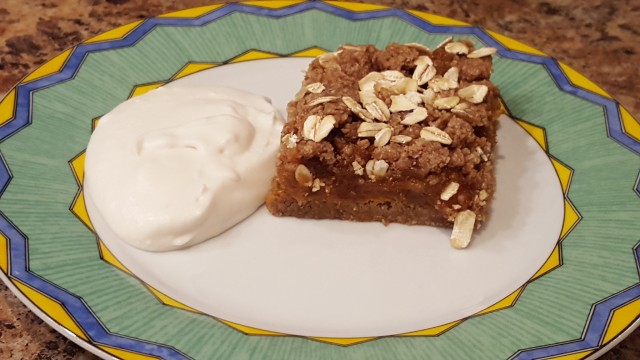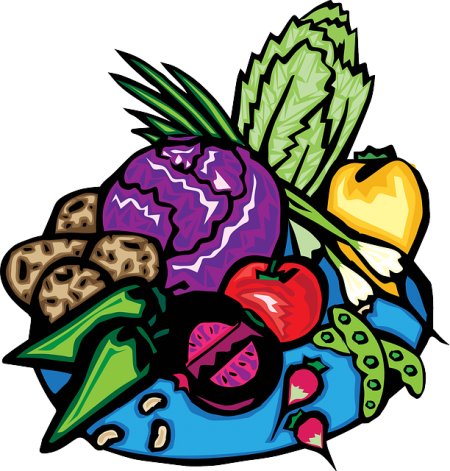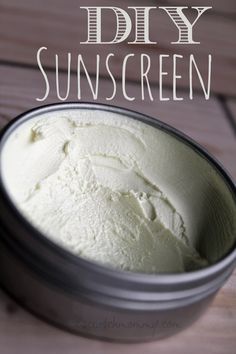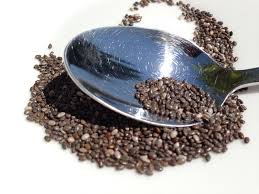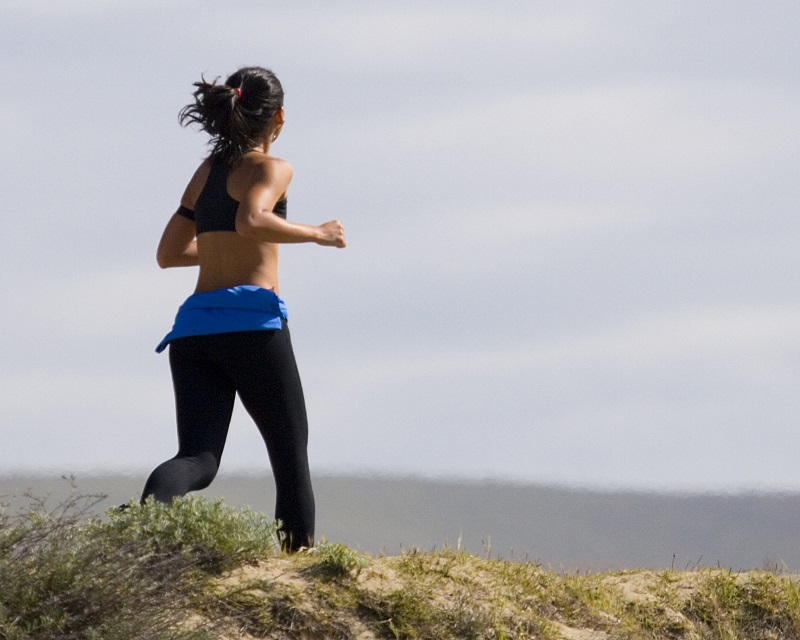This is one of my favorite desserts. My friends are very surprised when I say that because they know how much I love chocolate and having a non-chocolate dessert as my favorite is unthinkable. It is very easy to make and it is simply delicious. You can leave it in the freezer and pull it out as you need it. You can let it sit for 5 minutes and it is ready to eat.
Ingredients:
Filling
2 cups chopped, pitted dates
2 Tbsp. water
Juice of 1 large, unwaxed orange (1/2 to 3/4 cup)
Zest of 1 large, unwaxed orange
Quick oats for sprinkling (optional)
Crust:
2 cups pecans or walnuts (I used 1 cup of each)
1 cup raw oats ground in a coffee grinder or oat flour
2 tsp. ground cinnamon
4 Tbsp pure maple syrup
Direction
- Soak dates in water and orange juice for 30 to 60 minutes, depending on quickly they soften.
- Coarsely grind nuts in a food processor. Add ground oats or oat flour and pulse to mix.
- Add cinnamon first, then maple syrup one tablespoon at a time until the mixture holds together.
- Lightly oil a 9-inch square pan or round cake pan with coconut or olive oil
- Press a little over half of the nut mixture into the bottom of the pan, reserving the rest for later.
- Sprinkle the orange zest onto the crust.
- Puree the date and orange juice mixture until it reaches the desired consistency. I left a few larger pieces of dates for texture, but you can blend them to a perfectly smooth texture too.
- Pour the date mixture over the crust.
- Crumble the remaining half of the crust mixture over the dates; press lightly with your hands of a spoon. Sprinkle some quick oats on top for garnish (this is optional, but looks nice).
- Refrigerate to set.
Enjoy
Would you like more recipes like this one?
Click Here to Subscribe

